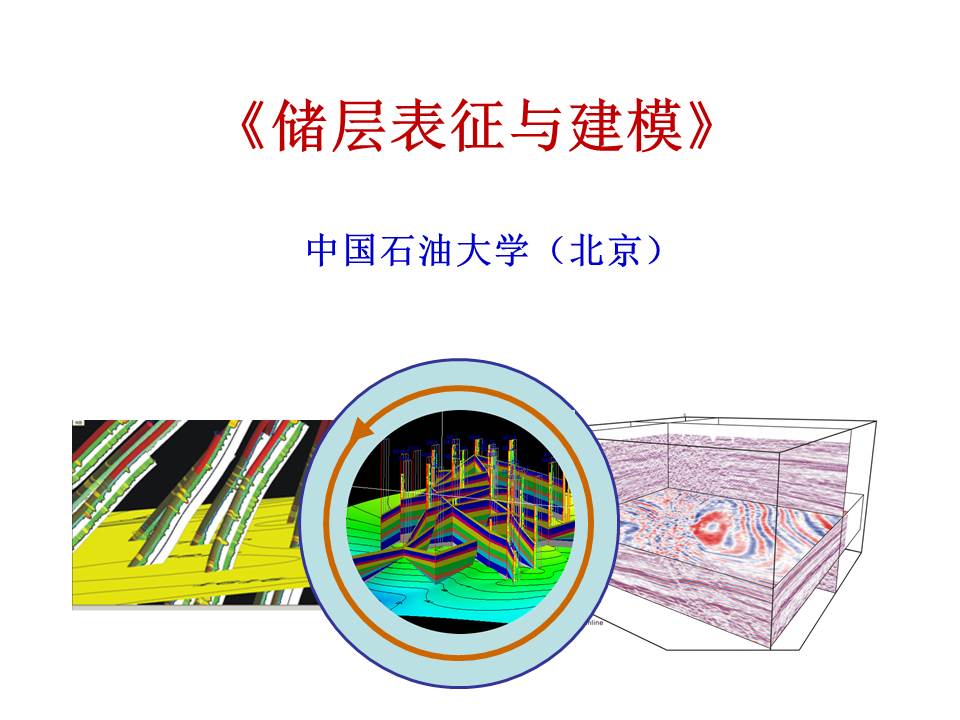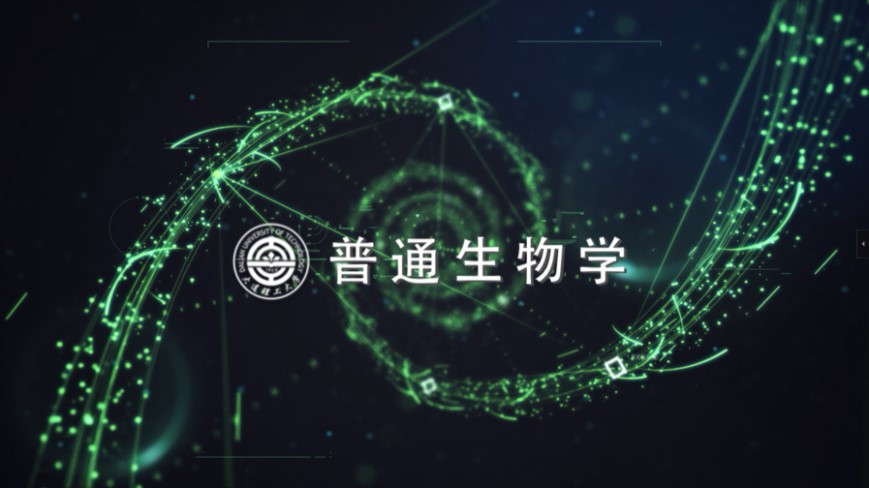
当前课程知识点:Traditional Chinese Medicine > Chapter 1 General Introduction > Section 1 General Introduction > General Introduction
返回《Traditional Chinese Medicine》慕课在线视频课程列表
返回《Traditional Chinese Medicine》慕课在线视频列表
Hello everyone
welcome to study Chinese medicine with me
Today we are going to study a course
which is called Traditional Chinese Medicine
We usually briefly say TCM
Let’s see chapter 1 first
general introduction of TCM
Two sections are included in this chapter
Now let’s start from section 1 Introduction of TCM
Before we go through the whole contents
let me ask you a question
If some day you get sick
having the symptoms
such as fever headache sore throat aversion to cold
what are you going to do
Yes seeing a doctor
I think most of us need to find some help
from our doctors when we get sick right
Commonly we go to see a western doctor
The first thing our doctor or nurse usually doing
is to measure our body temperature
After that
the doctor may do a body examination for the patient
And if it is necessary
blood test or imaging examinations
like X-ray CT MRI
may be asked to do
Based on the results of all the examinations
the doctor would give a diagnosis
like common cold acute tonsillitis
caused by viruses or secondary bacterial infections
According to the diagnosis
the treatment often to be chosen by the doctor
to relieve the symptoms
for example a commonly used medicine
which is paracetamol may be prescribed to help the patient
to relive the symptoms of fever and pain
Under some conditions
the anti-biotic or anti-virus medicine
may be used by the doctor to fight with the pathogens
if the doctor find the evidence of such pathogens
Let’s imagine a different situation
you may have another choice
seeing a Chinese medical doctor
The doctor often checks your tongue and feeling your pulse
And at the same time ask you
some questions around your symptoms or signs
You will find that no blood test
no imaging examinations during the whole checking process
Based on the results from the checking
the patient may be diagnosed
such as external wind-cold syndrome
or external wind-heat syndrome etc
According to the diagnosis
one or more therapeutic methods will be selected
from the Chinese medical treatment
like Chinese herbs acupuncture massage scraping cupping etc
From the simple case
we can see there are quite a lot differences
between the western medicine and TCM on their history
recognition of the body and diagnostic technologies
as well as therapeutic methods
Therefore we should think about
what is Traditional Chinese Medicine
what are the main features of TCM
What kind of medical system does the TCM belong to
TCM has a history of several thousands of years
Its origin can be traced back to remote antiquity
In a long course of struggling against diseases
TCM evolved into a unique and integrated theoretical system
which has rich and varied clinical experience
So we say that
TCM is a unique worldwide outstanding traditional medicine
The history of the origin of TCM
is infused with the history of human civilization
It is the history of ancient people fighting for survival
and development
as well as fighting against disease
Therefore TCM is a well of medical knowledge
gained from over 4000 years of observation
investigation and clinical experience
TCM has plenty of empirical science
Its theories and treatments have been repeatedly in use
and refined over this long period of time
It is also a way of life
a kind of culture
TCM will give you a lot of ideas to adapt yourself to the nature
to cultivate yourself a simple natural detached life
The TCM developed with the development of Chinese culture
TCM likes a big tree that is planted
in the earth of Traditional Chinese culture
It is connected and infiltrated
with all aspects of traditional Chinese culture
It has been an important part
and one of the main carriers of traditional Chinese culture
Traditional Chinese culture is the soul of TCM
while TCM is a very important part
of Traditional Chinese culture with medical features
There are some effects of traditional Chinese culture on TCM
The effects are mainly reflected on the following 3 aspects
First one the concept of holism
TCM regards the human body itself
as an organic whole interconnected by zang-fu organs
meridians and collaterals
TCM also holds that the human body
is closely related to the outside world
Second one obey the rules in the nature
Human being as a part of nature depend on the nature to live
So human being needs to adapt themselves to the changes of nature
like the change of seasons or the change of the climate
Third one balance means health
Just like Chinese culture advocates balance
Chinese medicine emphasizes the importance of balance
between Yin and Yang
Most of the treatment of TCM are tried to restore the balance
between Yin and Yang by using different therapeutic methods
Since the founding of New China
our government has paid great attention to inheriting
and developing the heritage of TCM
A series of policies and measures have been taken for developing TCM
In 1986 the State Administrative Bureau of TCM
and Materia Medica was established
This leading body is the guarantee of developing TCM
and Materia Medica smoothly
So TCM and its development are regulated by the government in China
TCM is now available to 75% of the areas in China
And it is good at treating about 70%
of all diseases of the human beings
TCM has been very effective in the treatment of diseases
such as chronic inflammation chronic pains functional imbalance
disorders of the immune system viral infection proliferative diseases
degenerative conditions
as well as sub-health status
and various chronic and difficult health problems etc
Scientific research and clinic experiments in TCM
are continuously progressing
Both of TCM and western medicine are being used
to provide medical and health services in China
Hospitals in China are classified as
specialized in western medical system TCM or both
The affiliated hospital of our university
is a hospital which integrates both Chinese and western medicine
In our hospital the Chinese herbs
acupuncture and Intravenous infusion are all used clinically
The picture is my university
It has a pretty campus and about 20000 students
There are 25 major universities of TCM in China
Courses range from undergraduate to the doctoral
in both Western medicine and TCM
TCM is still widely used nowadays because
TCM has significant clinical therapeutic effects with minimal side effects
It may have better effects on some disorders
metabolic disorders emotional disorders etc
It has great contribution
for the treatment of some life-threaten disorders
such as cancer
It has rich theoretical and clinical experiences
Although some of the theory in TCM cannot be explained
clearly in terms of modern medicine or modern science
it guides the clinical practice effectively
Now the brilliance of TCM
particularly acupuncture is shining forth
and making contributions
to the health care of people all over the world
Acupuncture has successfully become the World Heritage since 2010
TCM has already spread to over 180 countries and regions
especially acupuncture
Therefore TCM has given the great contribution
for achieving the aim of WHO-Health for all
Ok that is a brief introduction of TCM
From the introduction
I hope you are getting to know about TCM
And we will study more about TCM in the following classes
That is all for today
Look forward to seeing you in next section
-Section 1 General Introduction
--General Introduction
-Section 2 Basic Characteristics of TCM
--Basic Characteristics of TCM
--Basic Characteristics of TCM
-Section 1 Unity of Qi
--Unity of Qi
-Section 2 Yin-Yang Theory
--Yin-Yang Theory
-Section 3 Five-Element Theory
--Five-Element Theory
-Section 1 Overview of Visceral Manifestation
--Overview of Visceral Manifestation
--Overview of Visceral Manifestation
-Section 2 Five Zang Organs
--Five Zang Organs
-Essence, Qi, Blood and Body Fluid
--Essence, Qi, Blood and Body Fluid
--Essence, Qi, Blood and Body Fluid
-Section 1 Etiology of TCM
--Etiology of TCM
-Section 2 Pathogenesis of TCM
--Pathogenesis of TCM
-Section 1 Inspection of Tongue
--Inspection of Tongue
-Section 2 Pulse Taking
--Pulse Taking
-Section 1 Syndrome Differentiation
--Syndrome Differentiation
-Section 2 Therapeutic Principles and Methods
--Therapeutic Principles and Methods
--Therapeutic Principles and Methods
-section 1 four natures and five flavors
--four natures and five flavors
--dicussion of four natures and five flavors
-section 2 four directing actions of chinese medicinal herbs
--four directing actions of chinese medicinal herbs
--discussion works
-section 3 compatibilities of chinese medicinal herbs
--compatibilities of chinese medicinal herbs
--discussion works
-section4 diaphretics
--works
-section5 Interior Warming Chinese Medicinal Herbs
--Interior Warming Chinese Medicinal Herbs
--works
-section6 restorative Chinese Medicinal Herbs
--Restorative Chinese Medicinal Herbs
--works
-section 1 general intorduction of prescription
--general intorduction of prescription
--discussion works
-section 2 Prescriptions for Relieving Exterior Syndromes
--Prescriptions for Relieving Exterior Syndromes
--works
-section 3 prescription for Warming the Interior
--prescription for Warming the Interior
--discussion works
-section4 tonic prescription--Prescriptions for invigorating qi
--tonic prescription---Prescriptions for invigorating qi
--discussion works
-section5 tonic prescription--prescriptions for nourishing blood and nourishing yin
--prescriptions for nourishing blood and nourishing yin
--discussion works
-section6 peptic prescription
--discussion works
-Section 1 Cold
--Cold
--Cold
-Section 2 Headache
--Headache
--Headache
-Section 3 Stomachache
--Stomachache
-Section 4 Insomnia
--Insomnia
--Insomnia

